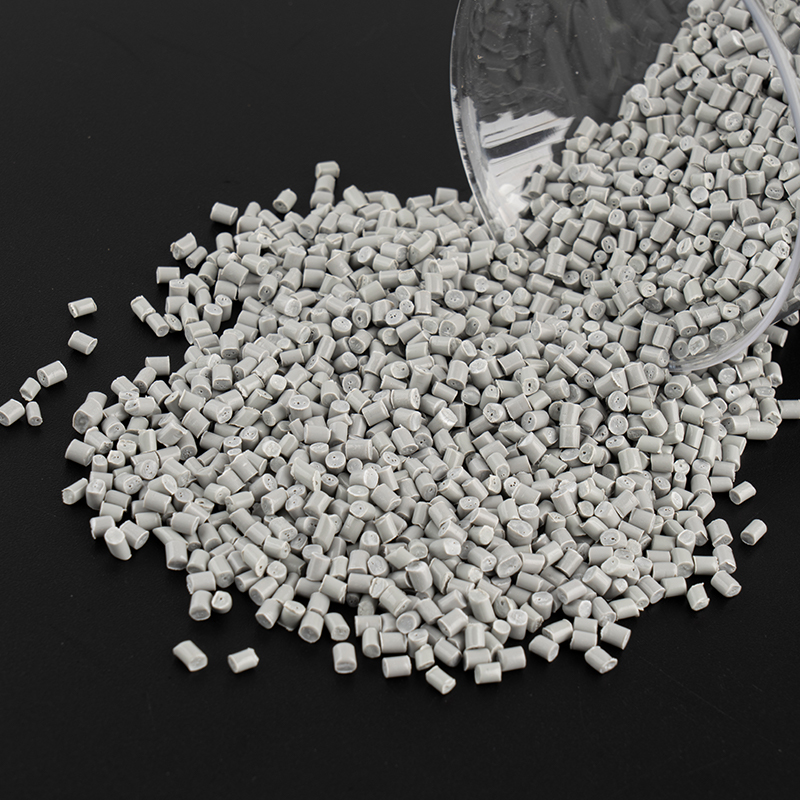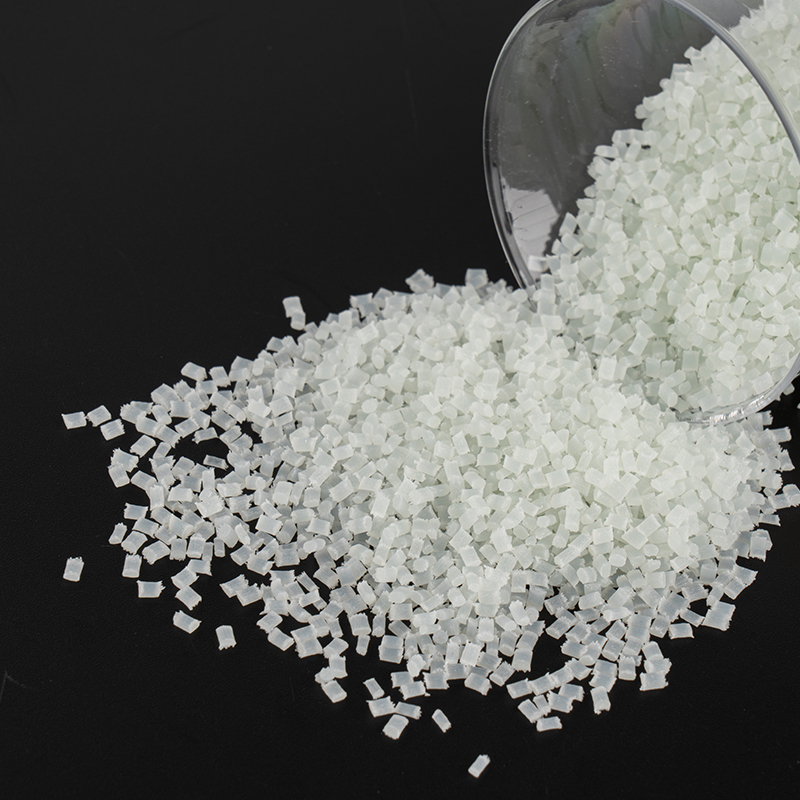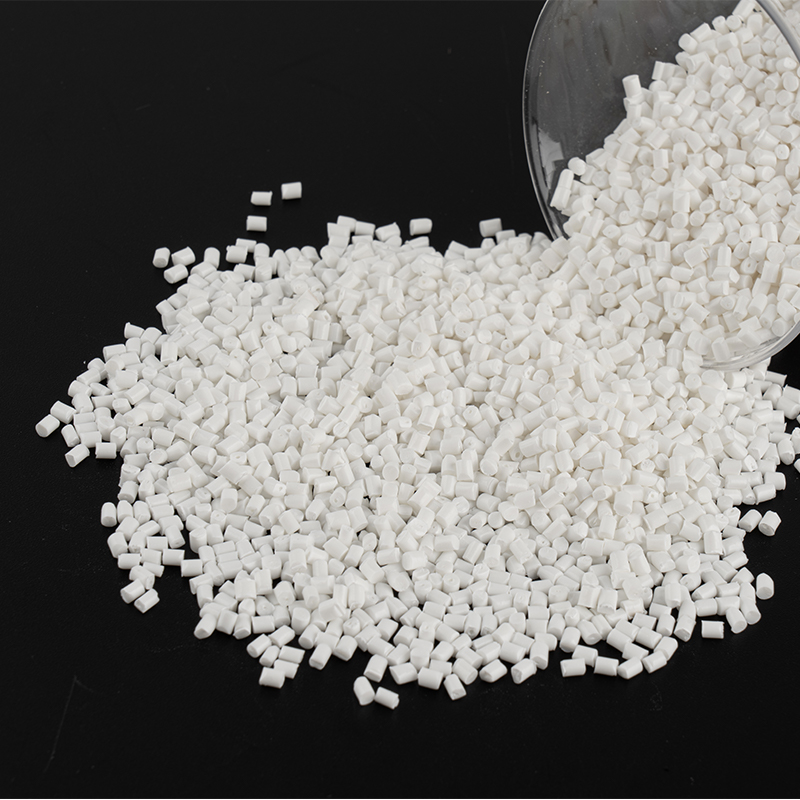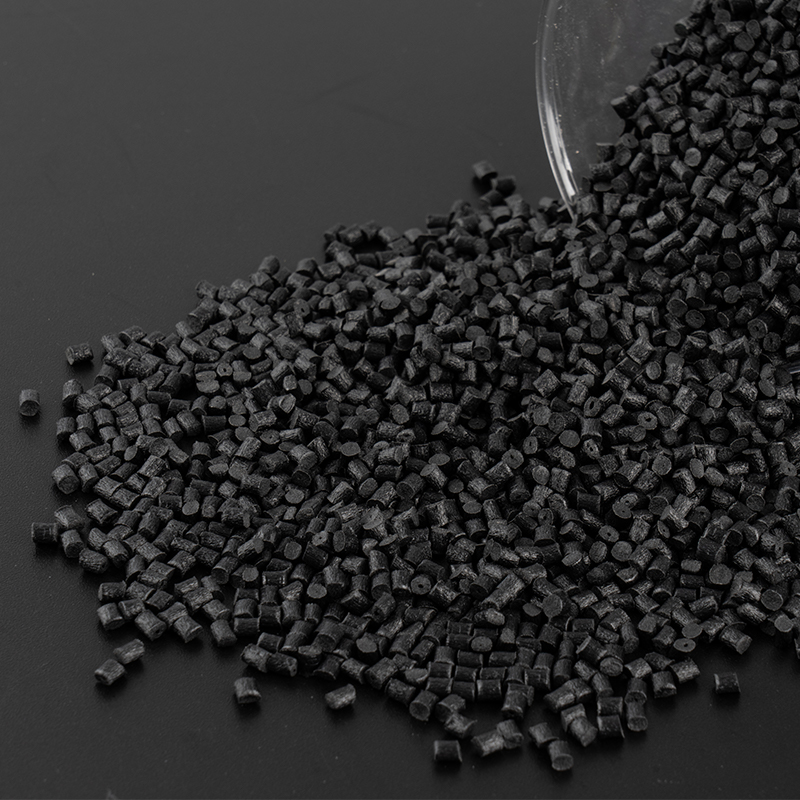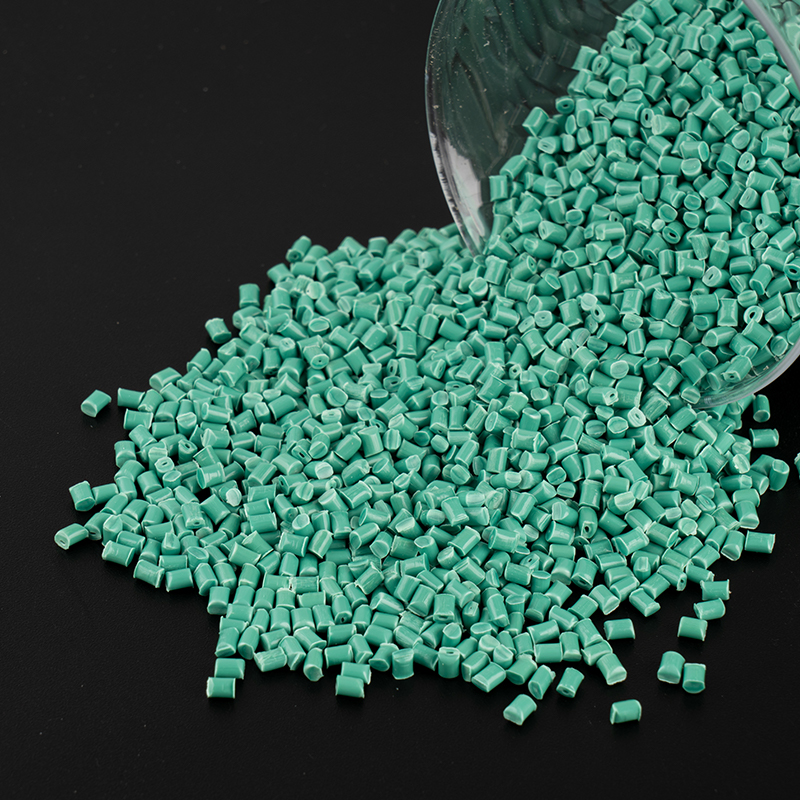When selecting an eccentric wheel for a mechanical system, one of the most important decisions to make is whether to opt for plastic or metal. Both materials have their own advantages, but plastic eccentric wheels often outperform metal alternatives in a variety of applications.
1. Lightweight Design
The Importance of Weight in Mechanical Systems
The weight of a component in a machine plays a critical role in its overall performance, particularly in systems where speed and energy efficiency are paramount. Plastic eccentric wheels are significantly lighter than metal wheels, which makes them an attractive option for machines and systems that require fast acceleration or need to reduce their weight load.
In applications such as robotics, automation, and conveyors, reducing the overall weight of components can lead to improved agility and efficiency. A lighter wheel requires less energy to move, which can lead to a more energy-efficient system. Moreover, when dealing with smaller machinery or equipment that must operate in tight spaces, the reduced weight of plastic eccentric wheels makes them easier to integrate into compact designs.
Example of Weight Reduction
In robotic arms, for instance, plastic wheels help reduce the load on the motors, enabling them to work faster and more efficiently. In some cases, the reduction in weight can contribute to faster movement and improved performance in tasks that require precision and speed.
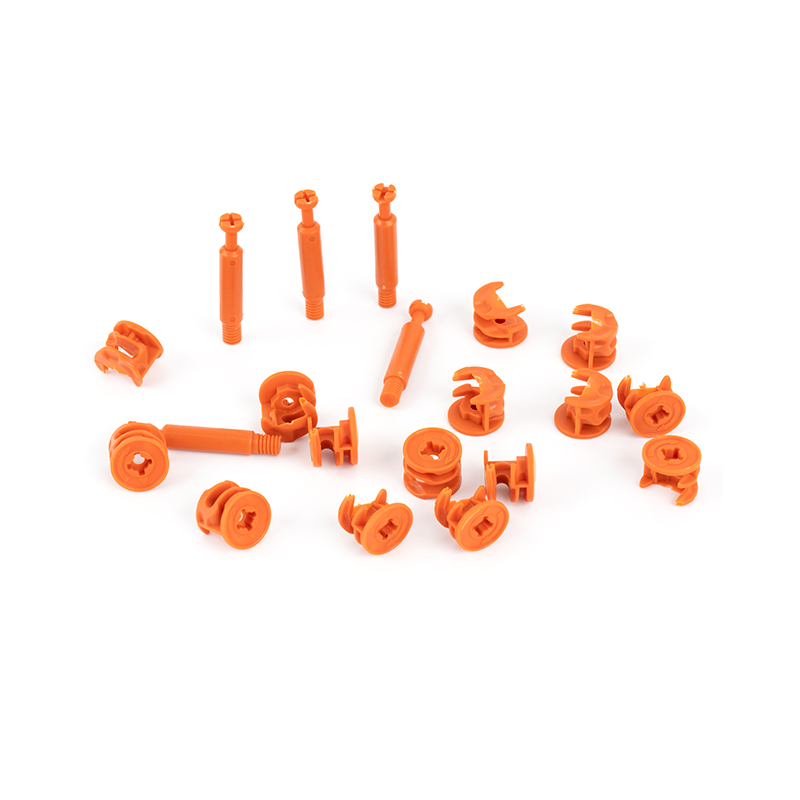
2. Cost-Effective
How Plastic Eccentric Wheels Reduce Costs
One of the most compelling reasons to choose plastic over metal is cost. Manufacturing plastic eccentric wheels is generally much cheaper than producing metal wheels. Plastics are less expensive to source, and the production processes for plastic are more efficient, particularly for large quantities. Injection molding, the most common method of manufacturing plastic wheels, allows for high-volume production with minimal waste, making it an affordable option for industries that need a cost-effective solution.
The lower manufacturing costs translate into cheaper prices for the end user. This can be especially important in industries where cost reduction is essential. For example, in consumer goods or mass-production manufacturing, using plastic eccentric wheels helps lower overall production costs, improving profitability.
Long-Term Savings
In addition to the upfront cost savings, plastic eccentric wheels also reduce maintenance and replacement costs. While metal wheels can be prone to rust or corrosion, plastic wheels are much more durable in harsh environments, reducing the frequency of replacements.
3. Corrosion Resistance
The Challenge of Metal Corrosion
One of the biggest drawbacks of metal wheels is their susceptibility to corrosion. When exposed to moisture, chemicals, or extreme temperatures, metal can easily rust or degrade, which compromises the wheel’s functionality and longevity. This is especially problematic in outdoor equipment, marine applications, or systems that operate in wet or humid environments.
Plastic’s Durability in Harsh Environments
Plastic eccentric wheels, on the other hand, are highly resistant to corrosion and rust. Unlike metal, plastic does not corrode when exposed to water, salt, or chemicals. This makes plastic wheels ideal for applications where moisture or environmental conditions could otherwise damage the wheels.
For instance, plastic eccentric wheels are commonly used in maritime applications, such as on ships or boats, where metal wheels would corrode rapidly due to saltwater exposure. Similarly, industries like agriculture, food processing, or even chemical manufacturing benefit from the corrosion-resistant properties of plastic wheels, ensuring long-lasting performance without the need for frequent maintenance.
4. Noise and Vibration Dampening
Why Noise and Vibration Matter in Industrial Applications
In many industrial applications, excessive noise and vibrations can lead to a decrease in the quality of the working environment and can even cause equipment damage over time. High levels of noise are not only uncomfortable but can also impact employee productivity and health, especially in settings like factories or precision work environments.
The Role of Plastic in Noise Reduction
Plastic materials, by their nature, tend to absorb vibrations better than metals, which translates to reduced noise. This makes plastic eccentric wheels an excellent choice for industries that require quiet and smooth operation. In machines where noise reduction is a priority, such as in high-precision devices, consumer electronics, and medical equipment, plastic wheels can ensure a more comfortable working environment.
The flexibility of plastic also helps it to act as a shock absorber, reducing the mechanical vibrations that can affect the entire system. This leads to smoother operation and a reduction in wear and tear on other parts of the machine.
5. Better Wear Resistance
The Durability of Plastic in High-Friction Environments
Another important characteristic of plastic is its superior wear resistance compared to metals. While metals may wear down more quickly when subjected to friction, certain types of plastics, such as Ultra-High-Molecular-Weight Polyethylene (UHMWPE) and Polytetrafluoroethylene (PTFE), have excellent resistance to abrasion. These materials are well-suited for use in eccentric wheels that experience constant contact with other moving parts.
Applications with Minimal Lubrication
In applications where it’s difficult or impossible to apply lubricants, plastic eccentric wheels are a better option. For example, in automated machinery, conveyor belts, or robotic systems, plastic wheels can continue to operate smoothly without the need for frequent lubrication, reducing maintenance requirements and improving system efficiency.
6. Customization and Versatility
Plastic’s Flexibility in Design
Plastic materials are highly versatile and can be molded into a wide variety of shapes, sizes, and configurations. This is particularly useful when creating eccentric wheels that need to fit into tight or intricate spaces, or when the wheel needs to have a specific texture or color. Unlike metal, which requires more extensive machining or fabrication, plastic wheels can be produced in a range of custom designs through processes like injection molding.
Applications in Specialized Equipment
Plastic eccentric wheels are also useful in specialized equipment that requires precise customization. For example, in medical devices, where wheels may need to conform to specific ergonomic or aesthetic standards, plastic provides the flexibility to meet these needs. Additionally, plastic allows for more intricate patterns or surface textures that can improve grip or reduce slippage in certain applications.
7. Non-Magnetic Properties
Why Non-Magnetic Materials Matter
In some applications, particularly in electronics or scientific equipment, magnetic interference can be a significant concern. Metal wheels may create magnetic fields that disrupt the operation of sensitive devices. In contrast, plastic eccentric wheels are non-magnetic, making them ideal for use in environments where magnetic fields must be avoided.
Applications in Sensitive Environments
For example, plastic wheels are used in clean rooms, hospitals, and laboratories where magnetic interference could affect precision instruments. Their non-magnetic nature helps ensure the integrity of the equipment, preventing malfunctions or inaccuracies caused by stray magnetic fields.
8. Lower Friction
The Role of Friction in Mechanical Systems
Friction is a critical factor in the operation of any mechanical system. While friction is necessary for certain tasks, excessive friction can lead to energy loss, heat buildup, and faster wear on components. Metal wheels can generate higher friction compared to plastic wheels, which may result in inefficient operation and additional wear on other parts of the system.
Plastic’s Low Friction Advantage
Certain plastics, such as PTFE and UHMWPE, offer lower friction coefficients compared to metals, which can significantly improve the overall efficiency of a system. In applications such as conveyor systems, packaging machinery, and CNC machines, using plastic eccentric wheels can reduce friction, leading to smoother and more energy-efficient operation.
9. Easy to Manufacture
Advantages of Plastic Manufacturing Processes
Plastic eccentric wheels can be produced more easily and quickly compared to metal wheels. The manufacturing process for plastic typically involves injection molding, which allows for high-volume production of parts with precise dimensions and minimal waste. This results in quicker turnaround times for product development and more cost-effective production, especially for large-scale orders.
Prototyping and Testing
Additionally, plastic wheels are easier to prototype and test compared to metal alternatives. Engineers can quickly create and test plastic prototypes to fine-tune designs before moving to mass production. This flexibility accelerates the development process and allows for more rapid innovation in machine design.
10. Eco-Friendly Options
Environmental Benefits of Plastic
Many plastic materials used in eccentric wheels are recyclable or biodegradable, making them a more environmentally friendly option compared to metals. The production of plastic generally requires less energy than metal, and the materials can be reused or repurposed, reducing waste.
Sustainable Manufacturing
Moreover, advancements in eco-friendly plastics have made it possible to choose materials that are both durable and less harmful to the environment. For companies seeking to reduce their environmental impact, choosing plastic eccentric wheels made from sustainable materials can contribute to overall sustainability goals.






